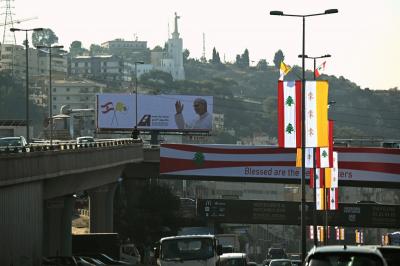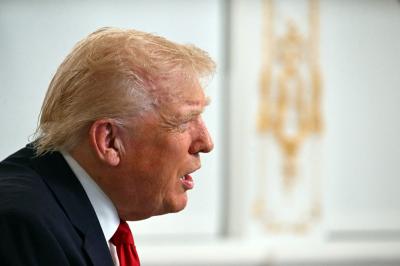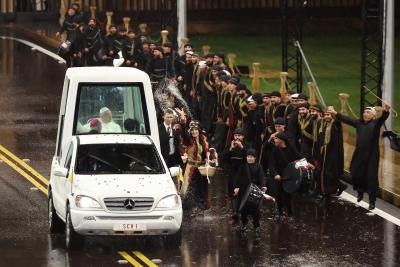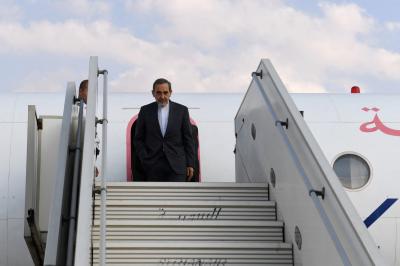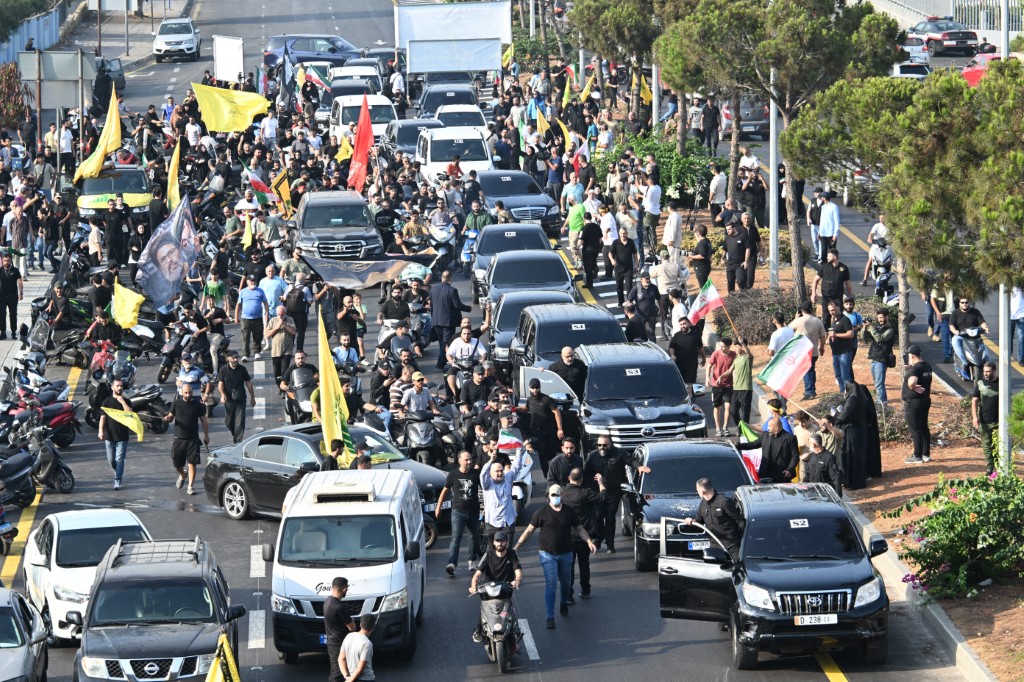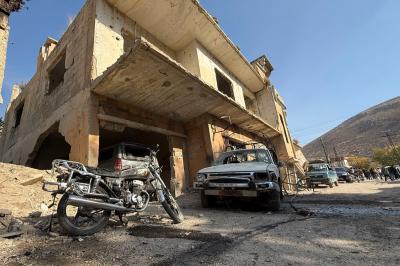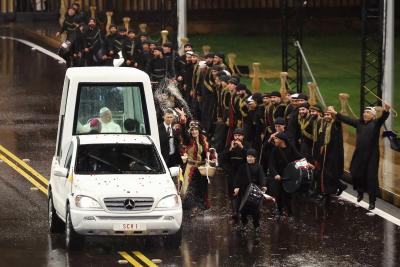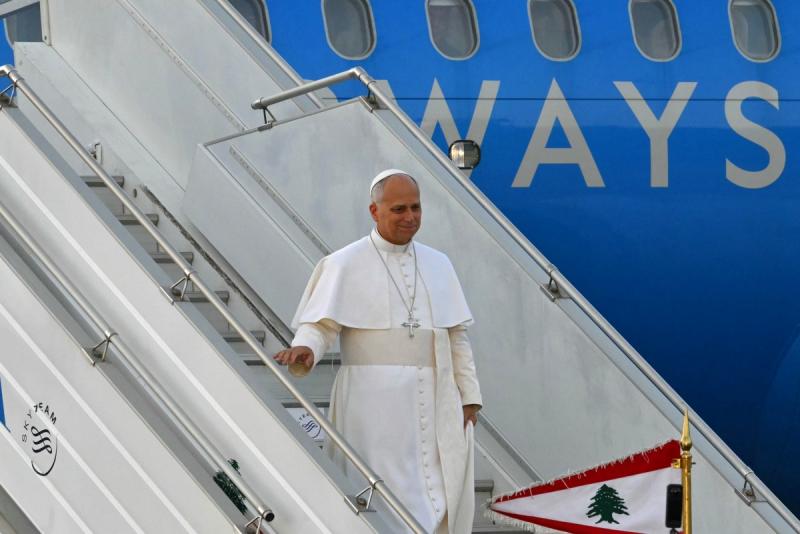Perhaps what "Hezbollah" most desires at this stage is for the political and media sparring over weapons to continue—arguments over “disarmament,” “weapons collection,” or the government’s chosen formula of “restricting arms to the state.” As long as this debate persists, it distracts attention from the real tragedy: the fate of the thousands whose livelihoods once depended on "Hezbollah".
These people fall into different categories:
- Full-time fighters.
- Part-time fighters.
- Members of surveillance networks monitor anyone entering or leaving areas under "Hezbollah"’s control.
- Employees of "Hezbollah"’s vast social institutions, from healthcare to education.
- Beneficiaries of "Hezbollah"’s welfare programs.
- Investors in "Hezbollah"’s financial arm, “al-Qard al-Hasan.”
For many among "Hezbollah"’s support base—hundreds of thousands in its broader environment—the toll has been devastating. They have lost homes, property, jobs, or family members, either because of their affiliation with the party or, in some cases, for no fault of their own. Today, they face an uncertain future, abandoned by those who had showered them with promises now left unfulfilled.
It has also become clear from recent developments that those displaced from southern Lebanon by Israeli bombardment will not be returning anytime soon. Their return, along with reconstruction, is now tied to Israeli conditions—chief among them the dismantling of "Hezbollah"’s entire military infrastructure, as stipulated in the ceasefire agreement accepted by the Lebanese government on November 27, 2024.
The continuing war of words over weapons obscures this unfolding humanitarian disaster, which is likely to worsen as the parallel, illicit economy that once sustained "Hezbollah"—and drained the Lebanese state—is being systematically dismantled.
This political and media clash further allows for the escalation of rhetoric, volume, and threats—without justification, and without result.
Lebanese are now more convinced than ever that "Hezbollah" is merely an echo of Tehran’s decisions. It has always been so, and remains so today.
In their view, the calamities "Hezbollah" has inflicted on itself, its base, its followers, and Lebanon have stripped the movement of the aura it carefully built over the past 20 years. Events of the past two years have reduced it to its local size, reaffirming its external dependency. This was starkly reflected in the recent visit of Iranian official Ali Larijani to Lebanon.
As for "Hezbollah"’s weapons—or what remains of them—they may no longer pose the central issue. The Lebanese Army’s forthcoming plan to implement the government’s decision of confining arms to state institutions will include several options, each with its associated cost. There is little doubt that the political leadership, acutely aware of the sensitivity and dangers of this moment, will adopt one or more of these options. The expectation is that it will begin by collecting the arms of non-Lebanese militant groups, since their weapons—like "Hezbollah"’s—have lost any functional purpose when launched from Lebanese territory.
The end of this month will bring clarity.
Please post your comments on:
comment@alsafanews.com
 Politics
Politics
